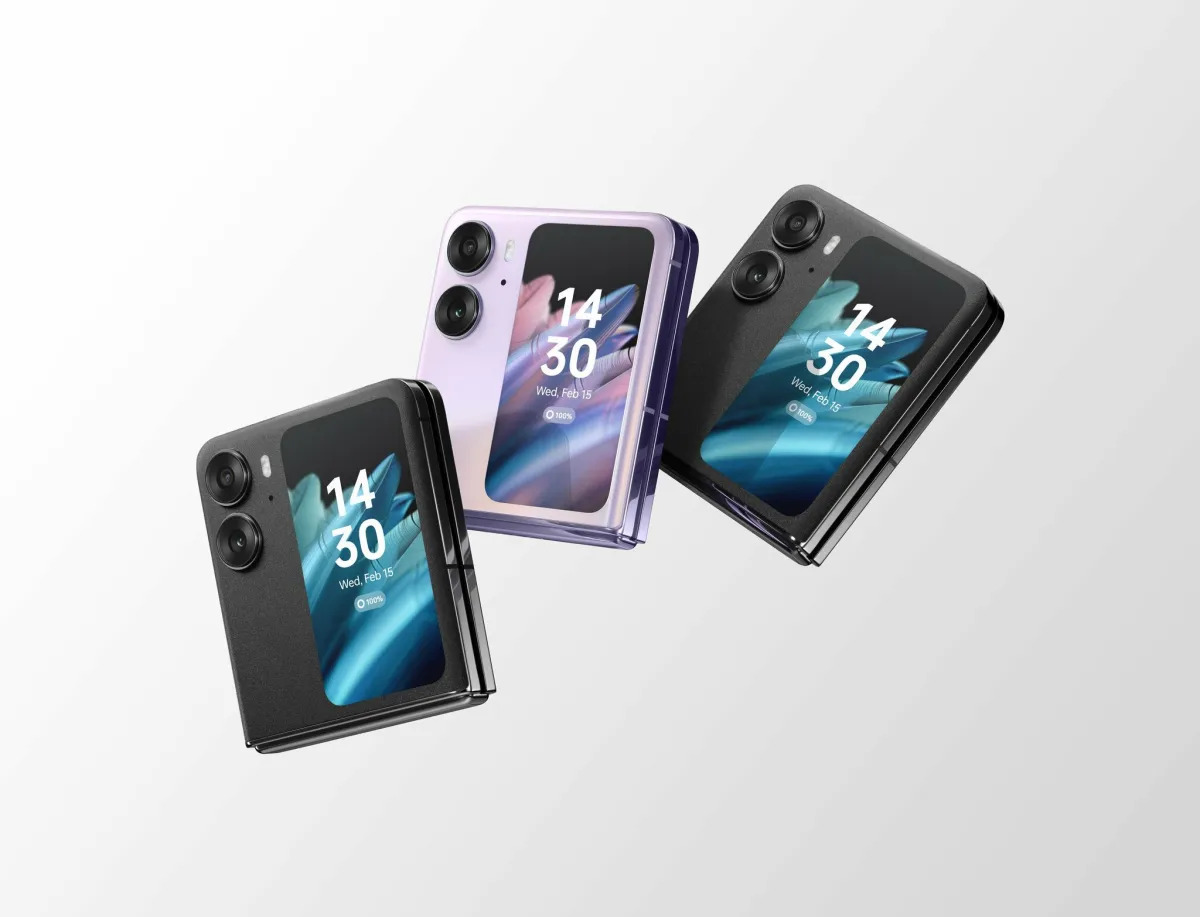Ever since the possibility of a foldable smartphone emerged, there has been a sense of excitement and nostalgia among consumers. The idea of a device that combines the convenience of a flip phone with the functionality of a modern smartphone seems like a dream come true. Thanks to advancements in Organic Light Emitting Diode (OLED) displays, which are thinner and flexible, this dream became a reality.
However, the initial excitement surrounding foldable smartphones quickly faded. The release of the Samsung Galaxy Fold in 2019, the first mainstream attempt at a foldable smartphone, was plagued with issues. Reviewers reported that the devices broke within days or even hours of use. Despite Samsung’s efforts to address these issues, the reputation of foldable smartphones suffered a blow.
Now, a couple of years later, there are new models on the market that aim to redeem the concept of foldable smartphones. Two notable examples are the OPPO Find N2 Flip and the Samsung Galaxy Z Flip4. These devices promise durability, accessibility, and improved features.
The OPPO Find N2 Flip, released in March, boasts a Tear Drop-Shaped Flexion Hinge 2.0 made from high-strength steel and polymer. This hinge ensures a crease-free display and can handle over 400,000 cycles of folding and unfolding. Additionally, the device features a 3.26″ display cover screen, providing convenience and ease of access without the need to open the device fully.
The Samsung Galaxy Z Flip4 offers similar features, including a flexible camera, an improved hinge, and greater accessibility. It has a smaller 1.9″ cover screen but promises functionality even after 200,000 folds. The device is also protected with Corning® Gorilla® Glass Victus®+ and Armor Aluminum. It even has IPX8 water resistance, allowing it to be submerged under 1.5 meters of water for up to 30 minutes.
While foldable smartphones have their advantages, such as reducing screen time while staying connected and providing a convenient device for content creators, they still have shortcomings. The fragility of these devices is a major concern, and the cost of repairing them is significantly higher than that of regular smartphones. Until these issues are resolved and users can feel confident in the durability of foldable smartphones, they should be considered prototypes rather than practical options for consumers.
In conclusion, while the idea of foldable smartphones is intriguing, there are still hurdles to overcome before they can become a mainstream choice for consumers. Until material technology advances and these devices become more robust, it’s best to approach them with caution.
Denial of responsibility! VigourTimes is an automatic aggregator of Global media. In each content, the hyperlink to the primary source is specified. All trademarks belong to their rightful owners, and all materials to their authors. For any complaint, please reach us at – [email protected]. We will take necessary action within 24 hours.


